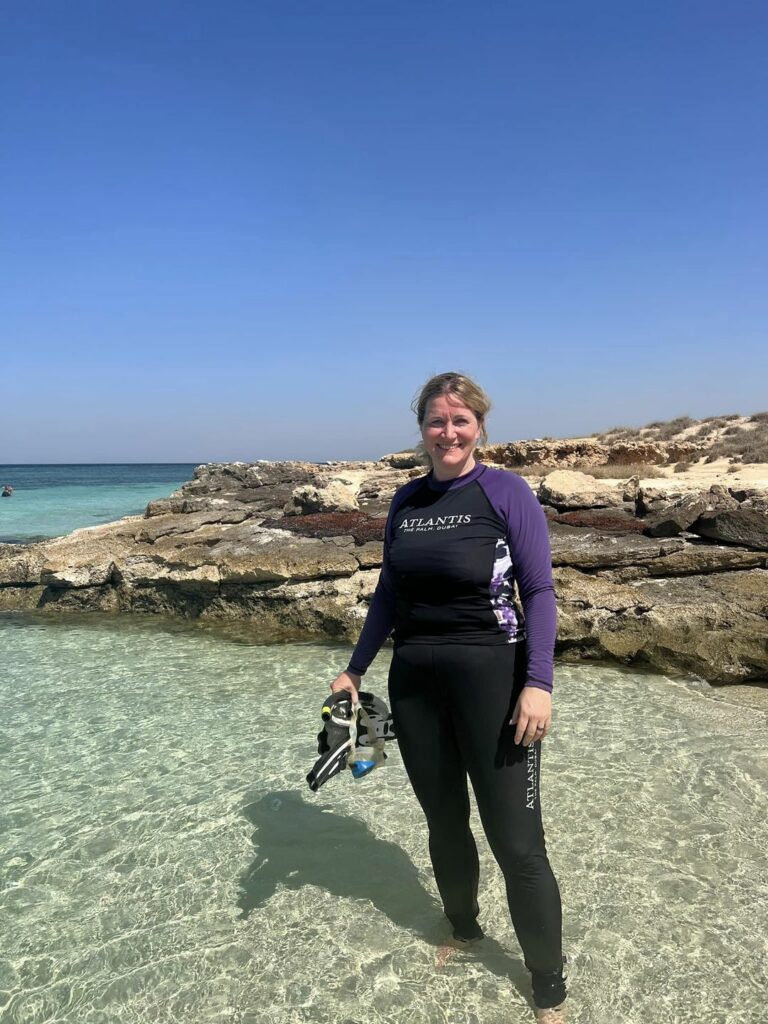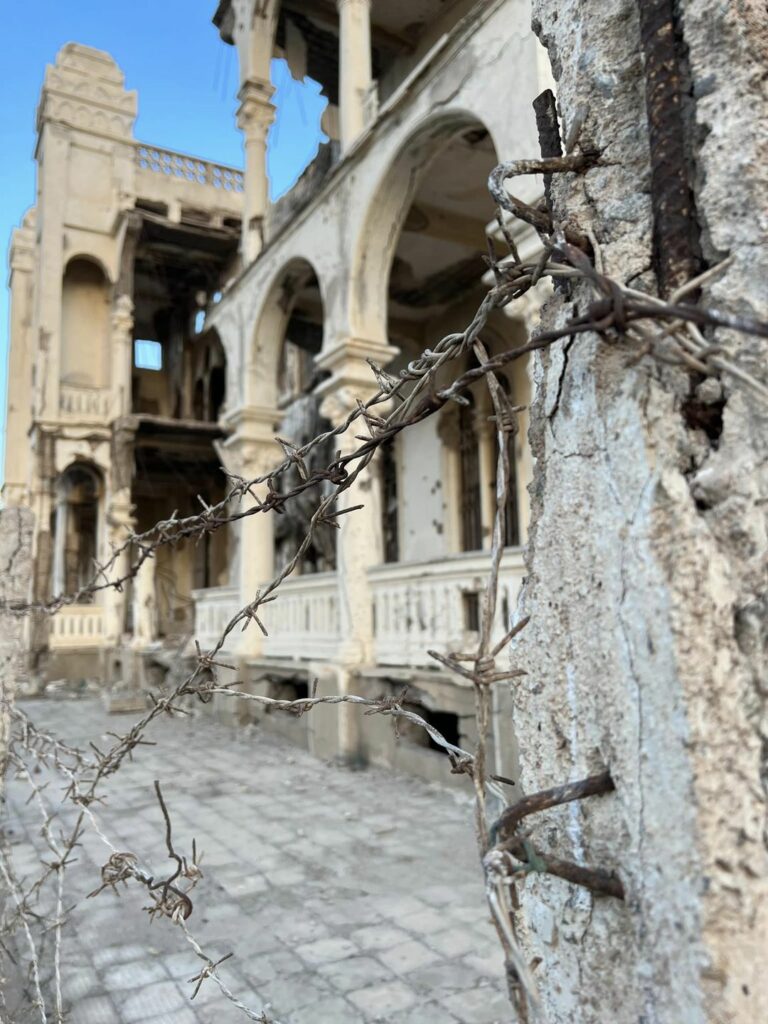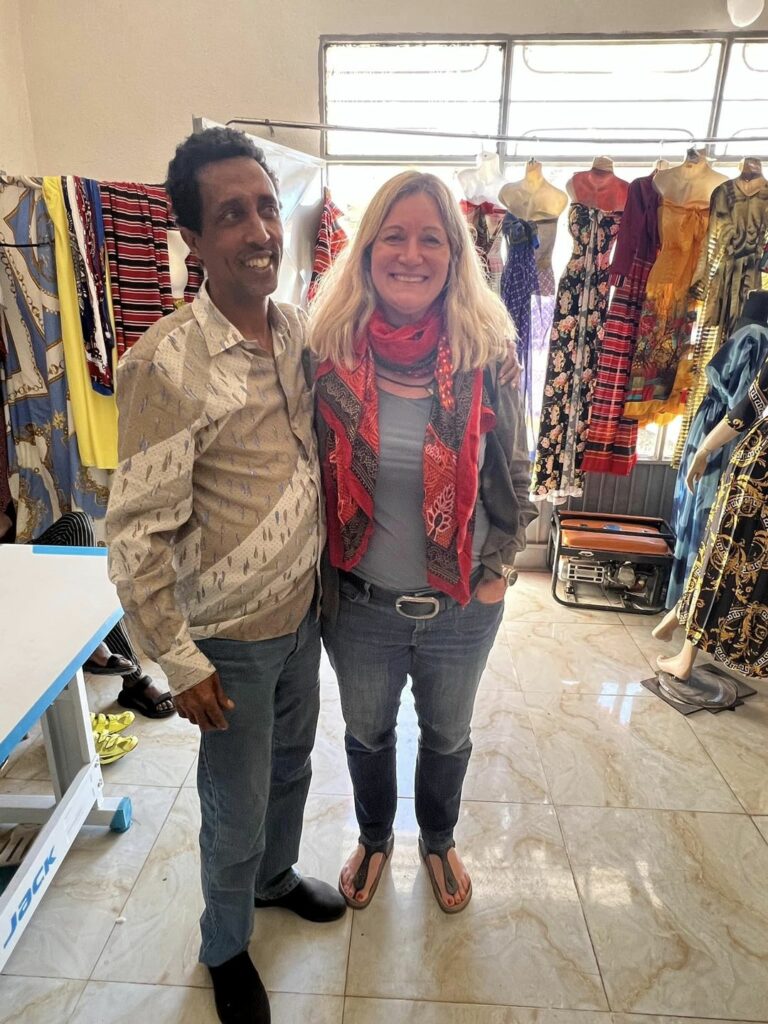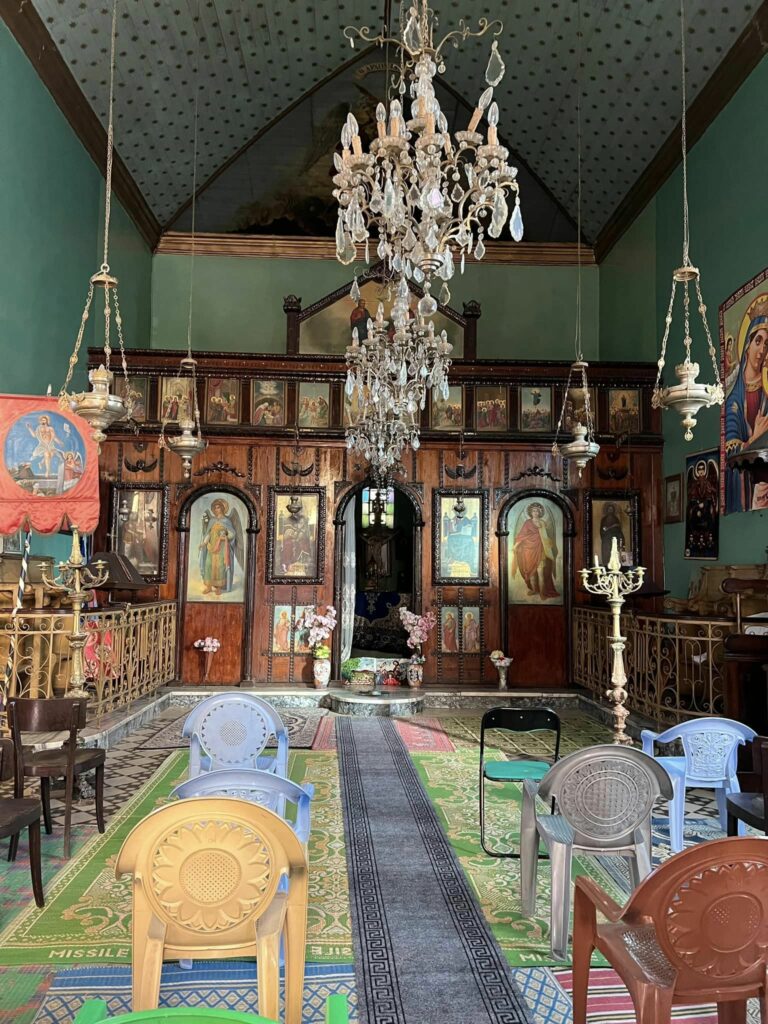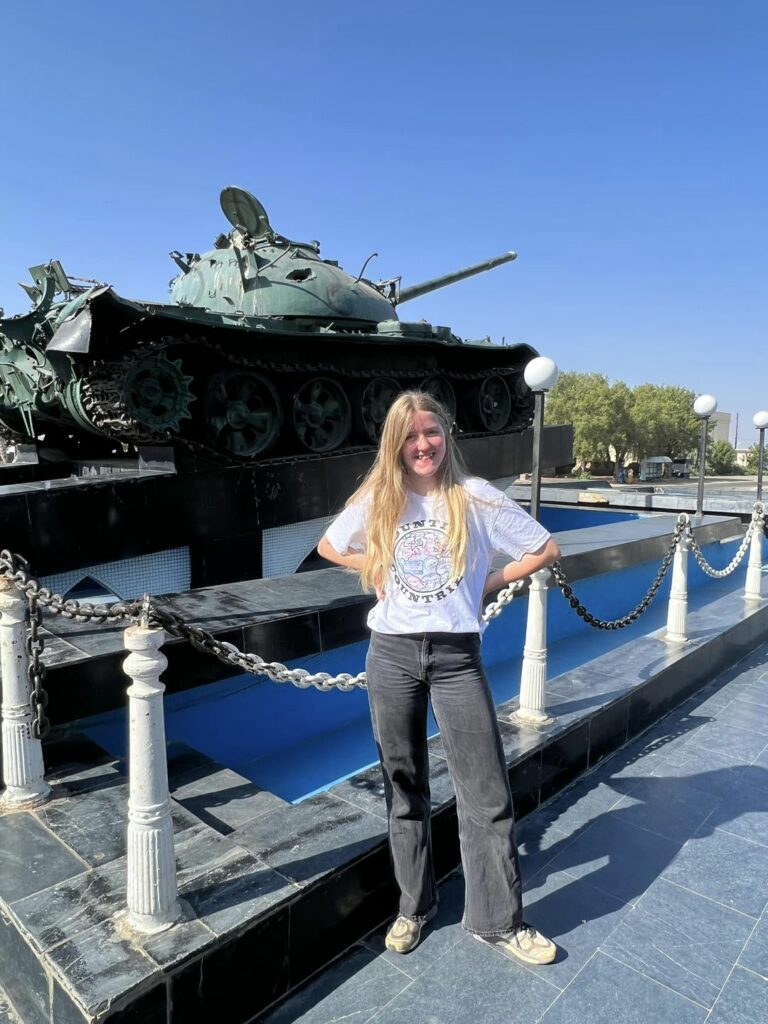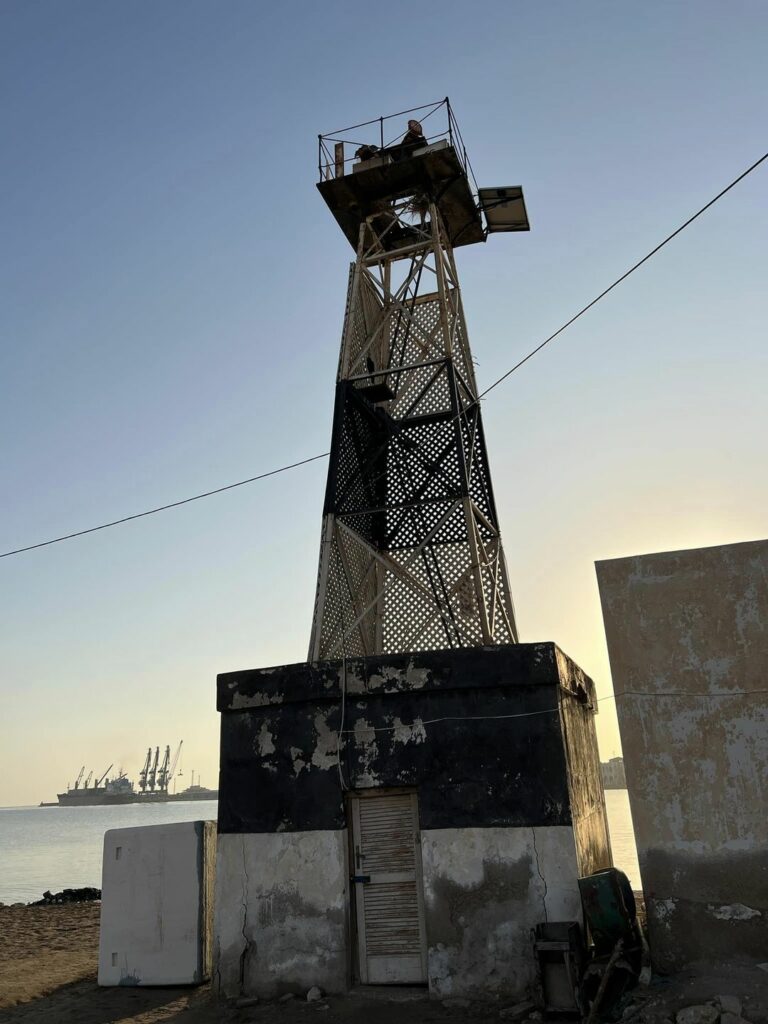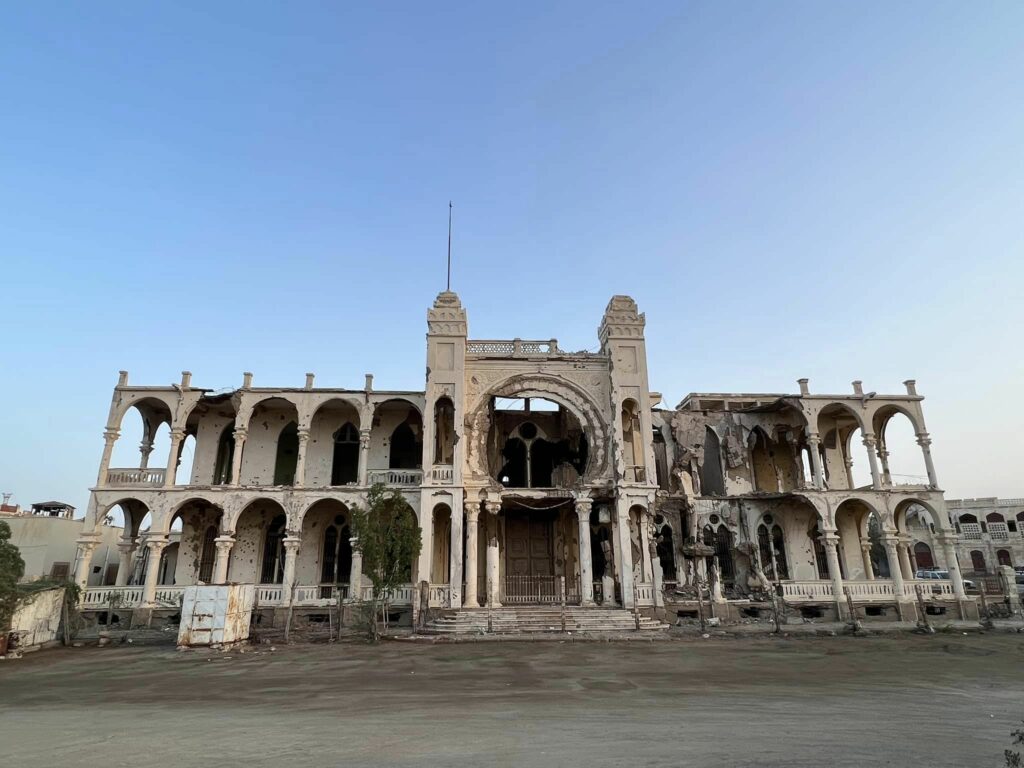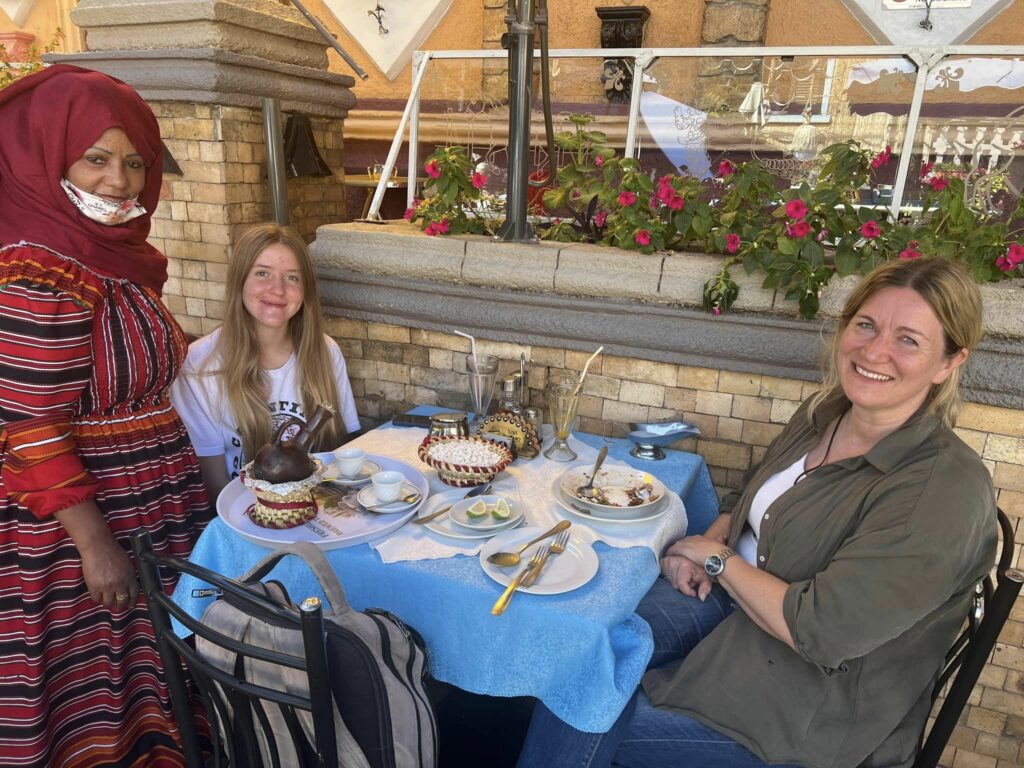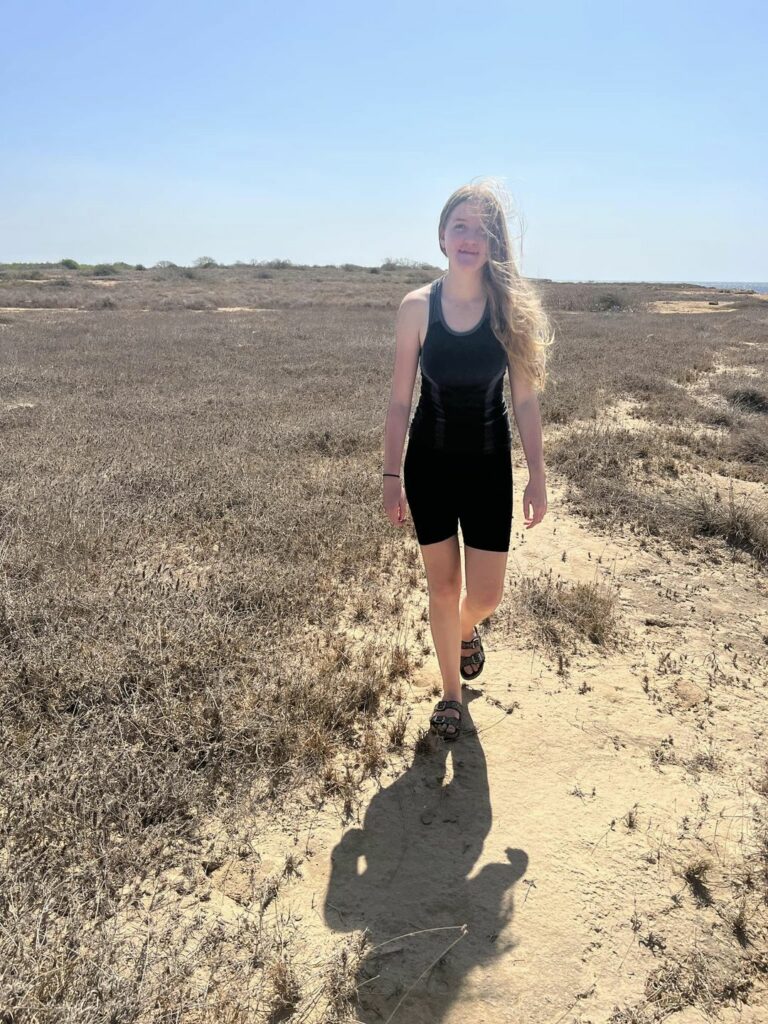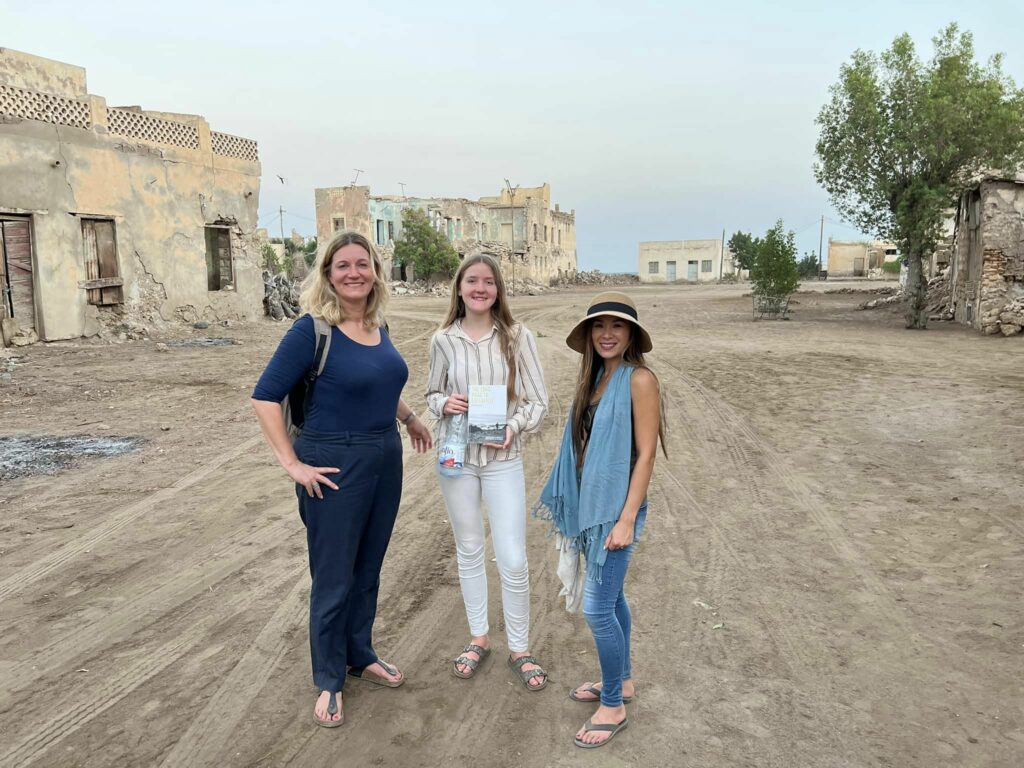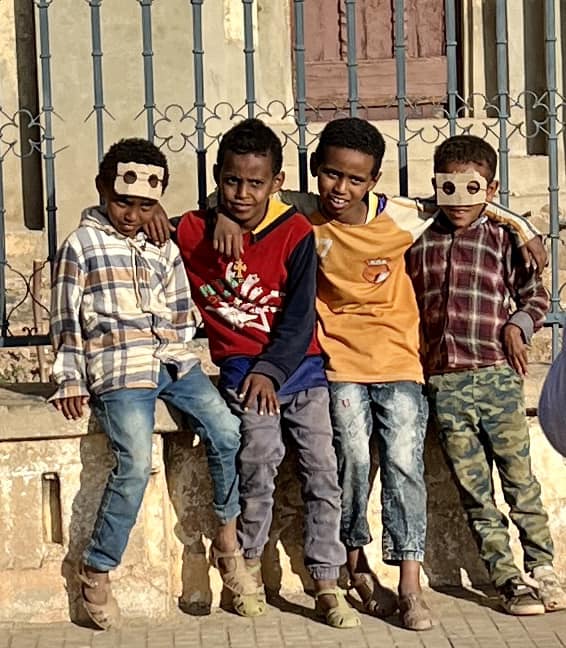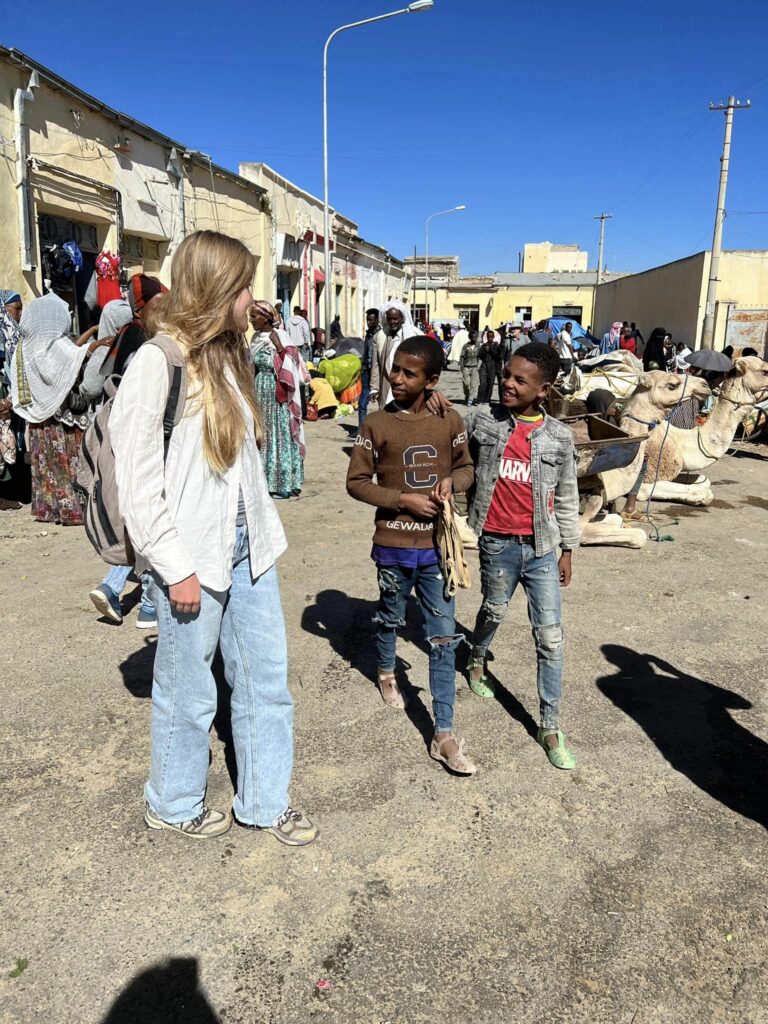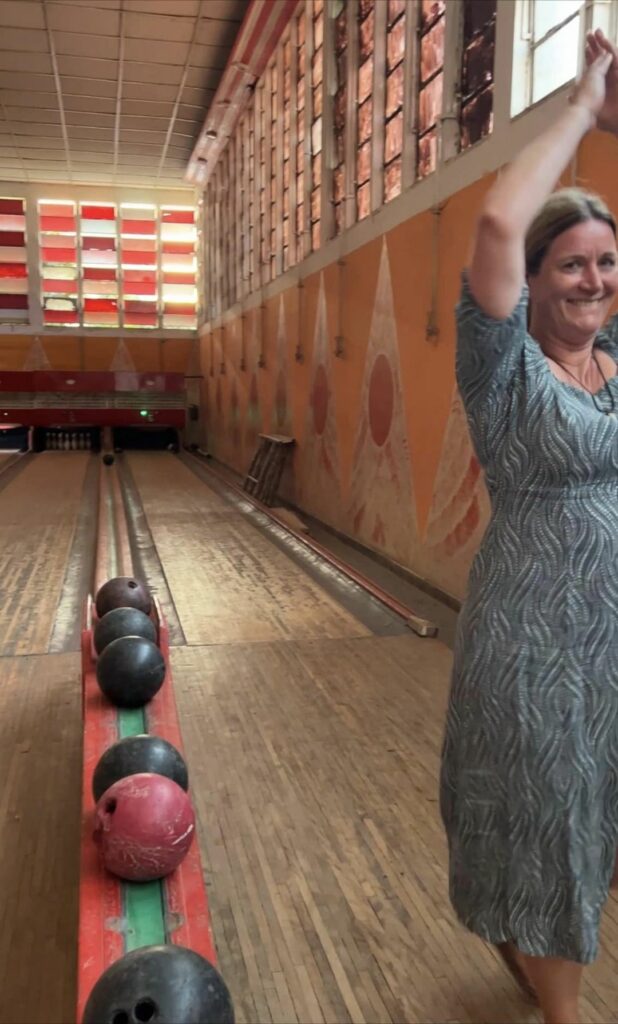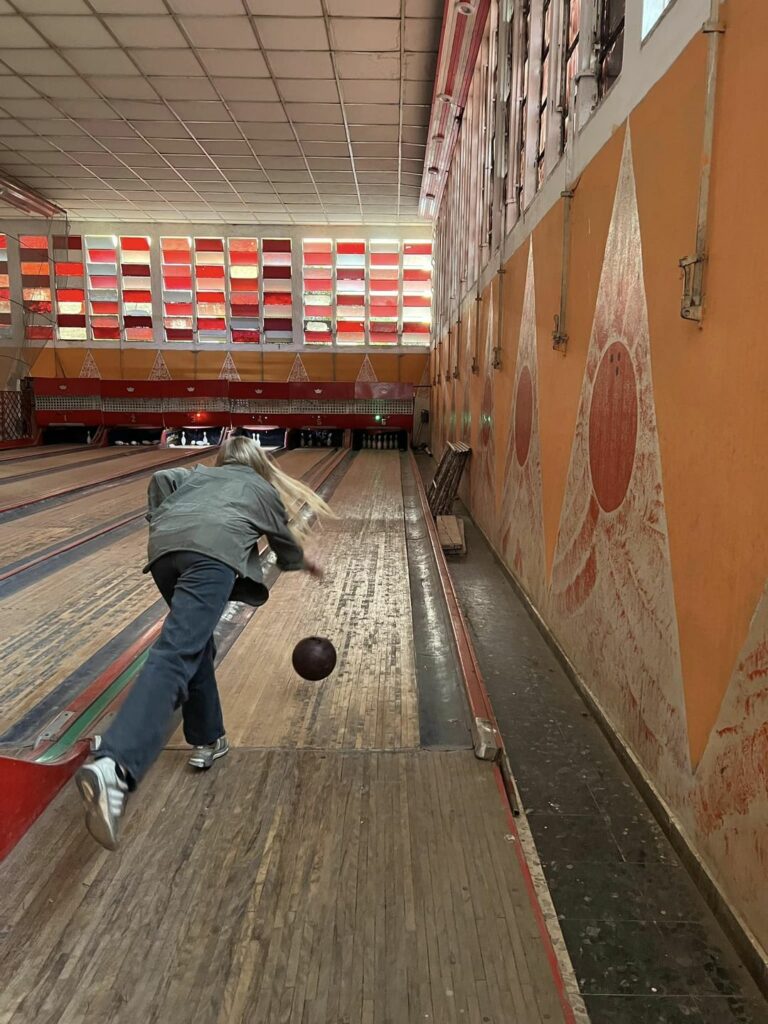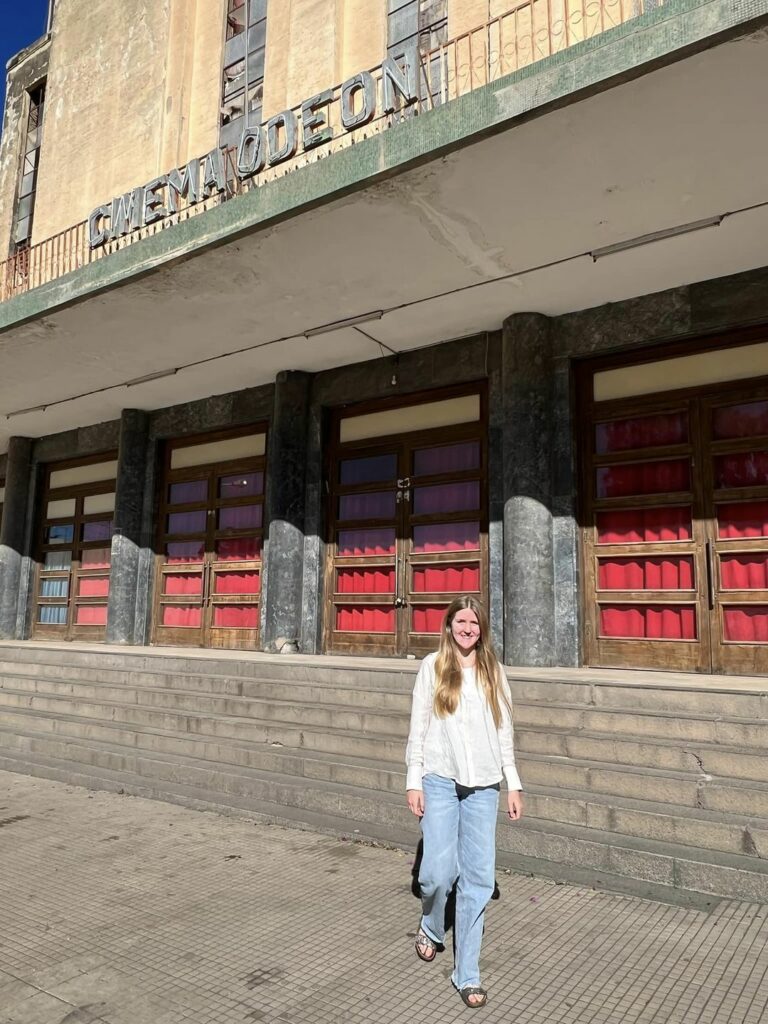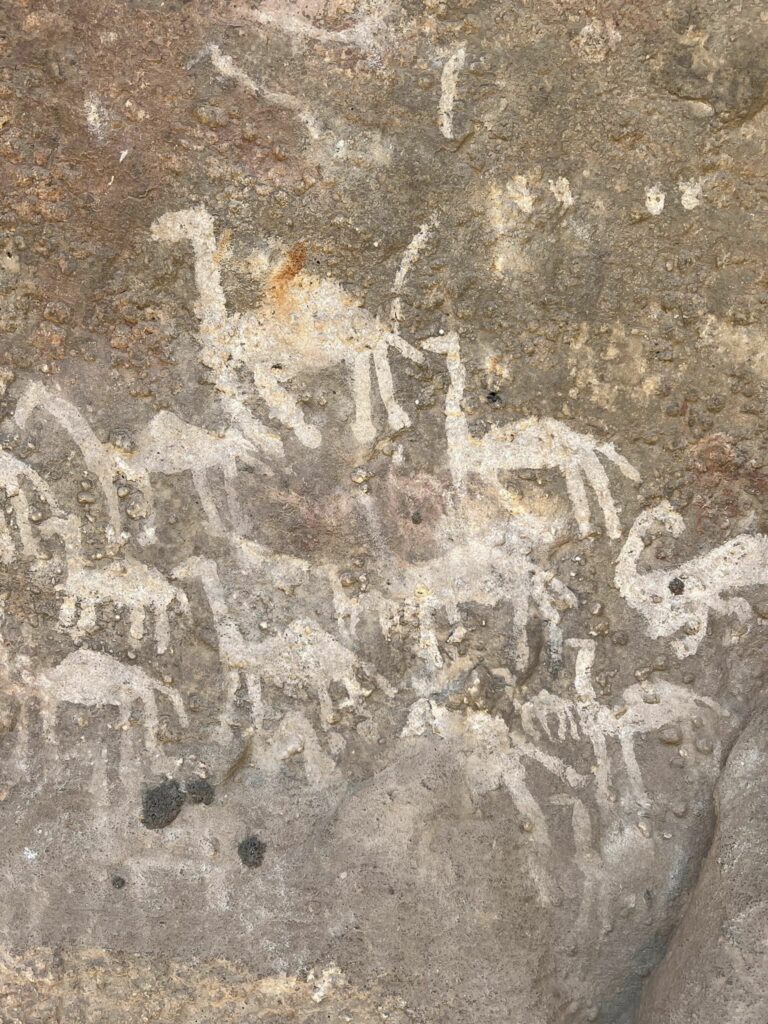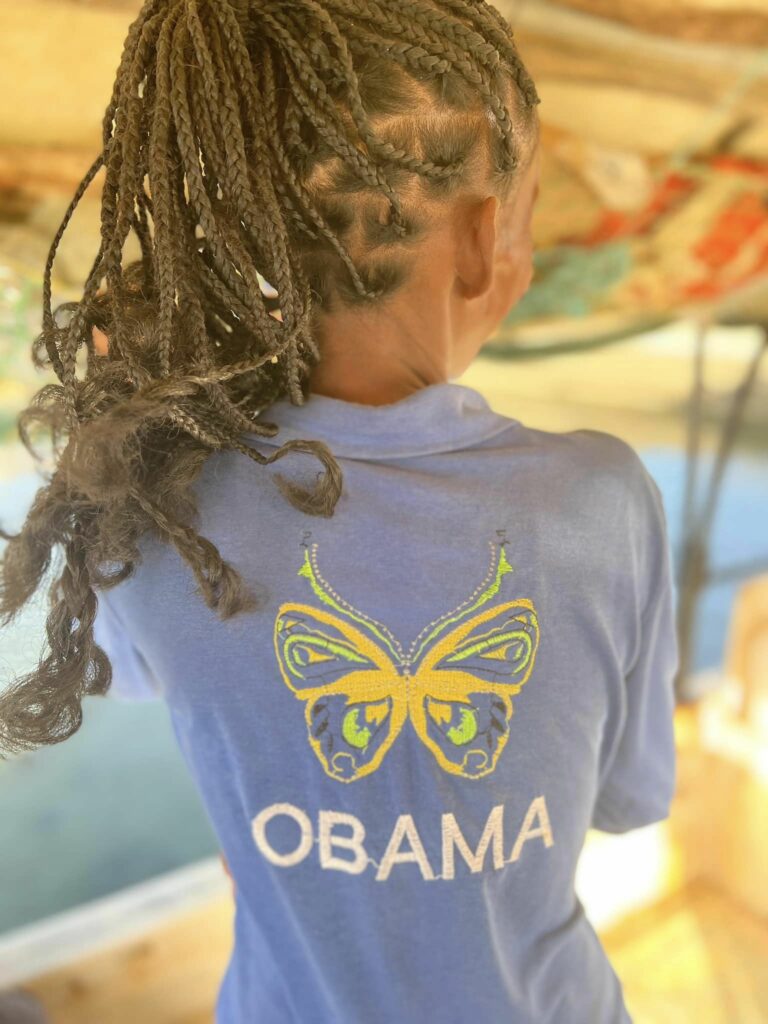EVERY country in Africa – Eritrea!
Now I have visited EVERY country in Africa. Ella and I have enjoyed traveling together. Befitting the African continent of 54 individual countries, Eritrea was a unique and wonderful experience. Much owed to their goal of being independent to a degree, where they are immune to foreign sanctions. But isolation and parliamentarism often go hand in hand with poverty.
We have spent six full travel days in Eritrea as well as a day of transport each way. A little less time than expected due to the hopeless visa process. But it worked out. As the country’s legendary fixer, Tekeste, says: “All is well, that ends well.” Tekeste is the sweetest and most humble person. We have talked and danced, and I would love to visit him again just as much as I wish to revisit the country. Now he has also added the travel networks NomadMania to his toolbox, so he can help the international network of the world’s most traveled people to visit the sites in Eritrea recommended by NomadMania. Their recommendations are specifically geared towards those curious about the unique experiences each country has to offer.
We travelled to the modern capital, Asmara, in Eritrea, that is a previous Italian colony. To the coastal town, Massawa, that 32 years prior had been bombed. Even though the entire country’s import and eksport traverse through the town, its infrastructure has still not been restored. From Massawa, vi sailed out to different islands to snorkel. Last but not least, we drove down south to climb down a slender canyon to reach chalk paintings from 9.000 BCE.
As always, I thoroughly enjoyed ‘the dark side’, in this case the car cemetery in Asmara dedicated to old and rusted tanks. The war cemeteries. The memorial in Massawa with tanks to commemorate the war dead. The ruins of a Soviet plane with CCCP written under its wings. That and ‘the WTF side’: Bowling in Eritrea. Snorkling in Eritrea. Hiking in Eritrea. Ed Sheran in Eritrea.
The coastal town Massawa neighbours the Dead Sea. We drove here from the capital on bumpy and meandering roads in the mountain without a single roadside safety-barrier in case the car slides – or if two trucks drove too close to each other. We crossed paths with many trucks on the slender roads, and even more inside the town, because Massawa is a major trade hub with access to both land and sea.
We have dinner outside every night at a location reminiscent to a container parking lot. Our smaller section is lined with a hanging string of light. Dust is kicked up into the air from the surrounding trucks, but we just barely avoid it by sitting in the middle of our area.
Gold is exported from here. Meanwhile, Eritrea imports cement from India, even if they have sand and water aplenty. They also export male camels, just like in Somaliland. Of course, the female camels and goats are not sold – to avoid Arabian countries from keeping the animals themselves.
There are few products and little money circulating.
Previously, the Canadians owned 60% of the gold mine, but now their share has been sold to the Chinese. The Chinese, in contrast, follow their characteristic business model of importing own workers.
The food is delicious, regardless of the dust and limited import. We get to try entraja-pancakes with spiced meat, beans as well as green, red and yellow sauces that I recognise from Ethiopia. Ella is less impressed by the chewy consistency similar to mushrooms and the acidic taste. But the meat, tortillas and fish are wonderful. Same goes to the variety of Italian cuisine such as pizza and pasta. The time spent under Italian colonialism has left its culinary mark.
The coffee is similar to that of Ethiopia. Strong. Roasted. Served in tiny cups from a small container with a long beak. The filter is made from dried grass stuffed into the beak. The coffee is served with smaller pieces of popcorn. The process act nearly as an exhibit on display in multiple restaurants, where it is made separately by women wearing the national dress.
After our morning coffee, we sail to a few of the small islands along the coast the next day. Here, it is possible to snorkel in the Dead Sea with rust-coloured corals and a plethora of reef-fish. Ella and I agree, that snorkelling in Eritrea belongs on the WTF-list. We sail with Guivo, the owner of Las Guivo Tours. Another women joins us on the boat, who looks especially accustomed to sailing. On the way back, I learn that she both cooks the food and raises three kids ages 4 to 10, even if the roaring motors of the boat make any dialogue a challenge.
As we drive back over the mountains from Massawa by the coast to Asmara over 2.000 meters above sea level, we are again met with the gorgeous views of terraces with cultivated farmland. The arable land allows agricultural production in the otherwise mountainous country. During the summer, all school children aid in working the land during their school holidays. Completely in line with socialism and the desire for independence as an ideology.
Eritrea has prudently built 788 dams since their independence from Ethiopia in 1993. 788! In other words, we are not in a nomadic society that leaves the desert as is, like so many other places in Arab North Africa.
I meet a Dane, Christian, who has a background in Danida, and has spent the past few months consulting the Ministry of Agriculture. He lives in Denmark and finds being retired tedious. He is married to an Eritrean and has two kids in Denmark. They have just purchased a house in Eritrea – in Danish prices, which gave me chills. I hope he visits Café Globen some day. Christian explains how the oranges from the market are cultivated in the dry environment with help form the terraces and dams. Additionally, he tells how around 1.000 bicyclists have permits to race, which explains the numerous people speeding on the mountain roads. Eritreans are proficient in both cycling and running.
Another exchange was with Luwan, a women working in Kino. Kino is one of the iconic cinemas, that the Italians built in the 20s/30s. Even now, the display is still in the cafe, chairs are furnished with red plush. Luwan is 27 years old, with an education related to animals and has completed her military service. Her face lights up, both when speaking of her service in the military as well as Kino.
The military service constitutes a year, and is mandatory for all men and women. Luwan spent time elaborating, how it was great fun and a bit similar to attending a boarding school. The recruits were trained in shooting, discipline, music and dance. The service was also a tool to get the youth of all the nine tribes to mingle, to reduce the risk of civil war and maintain the national identity in contrast to Ethiopia.
It is smart and honestly a necessity for maintaining their independence, that the Eritrean youth don’t have the possibility to emigrate. Cash notes cannot be brought out of the country, and are adorned with pictures of young women wearing the local dress of each different tribe, as well as pictures of schools, agriculture, commerce, and industry.
Just like in Denmark, there’s a difference between the progressive youth of Asmara and the youth in the province. Here, young boys wait at the markets to transport produce home in bulk on their black bicycles. Camels wait with the same intent. The young girls are selling vegetables with their mothers under umbrellas used to shield them from the sun. Ed Sheeran’s ‘Shape of You’ was playing on loud speaker at the market. Some young men were playing it from their shop, and were greatly amused once we began singing and dancing along, surrounded by tomatoes, chillis, oranges, bananas, and potatoes. For three dollars, we purchased to bananas and six oranges for the coming trip.
Further south, the landscape was characterised by canyons. We soon realised that these contained cave paintings from 9.000 BCE. Rather than hiking, we practically has to climb down, but were rewarded by paintings of camels, giraffes, antelopes and a single lion. The whole environment has historically been lush with nature. Part of our reward was also the rush of adrenaline – there was no railing, and the path was steep. The pride and relief after succeeding is always great… and the sunburn a given after traversing under the scalding sun.
This was the second time in a month that I hiked to cave paintings in Eastern Africa. At this point, each of my three children have joined. Ella in Eritrea, and Lærke and Nicolai last month in Somaliland. There is much in the life to be excited and thankful for.
With a bit of EriTV, an egg sandwich, spaghetti with chilli-tomato sauce and tea at various small stops with local travellers, returning to Asmara was a breeze. Asmara is a wonderful city. It is safe to walk around even though we are Western European women. Also at night. We aren’t constantly getting approached by street sellers or beggars. It is a relief. So we get to see much of the city – all of it is a UNESCO World Heritage Site due to the dilapidated Italian architecture from the 1920–30s.
The city holds the cinemas, Kino and Odeon. The opera. A post office.
One of the first landmarks we saw was a gas station shaped like a plane with the name Fiat. It was empty and dilapidated. Ella was speechless after hearing, that the empty gas station supposedly was the most important architectural building. For a moment, the expectation for the trip nose-dived.
But they were certainly rescued by the most WTF activity in the capital. Bowling.
Vi literally went bowling inside an old sports hall. Now they also host billiard, which is played by the old men, as well as eSport with FIFA, which is played by the kids. Ella and I couldn’t help being competitive. Vi travelled with a group for this trip, so there were people to play against.
Culturally and historically, Asmara holds a large Italian cemetery with gravestones for both Italian and Eritrean families, as well as war cemeteries. They have a coptic church, a Greek Orthodox and a mosque. The embassy district follows a classical style.
Asmara also offers cafes with Italian ice cream, cakes and great coffee. Good restaurants with Italian and local cuisine. Between the numerous blackouts (where the energy cuts off), we managed to go wine tasting to try cheeses and honey wine. Dancing with Tekeste and the locals helped the digestion – that single evening contained plenty of live music and socialising.
On this particular trip, it did not really make sense to wear the local garments like we did in Somaliland. Especially since this time, we were traveling in a group of Western Europeans.
It was a wonderful break from daily life to experience the warmth and nature of Eritrea without internet. It was not, however, a break from bureaucracy and the many permits needed in Eritrea. To leave the city. To go sailing. To drive through the mountains. To visit the cave paintings. Five forms in paper in total. Printed with printers, that only work when there is electricity. It was all the more thought-provoking, because it is such a jarring contrast to my work in digitalising the customs of Denmark and EU. Here, Eritrea is 50 years behind with no signs of catching up – if anything, they are lagging even more behind. But if you can get the most important permit of all, namely the visa, the country is most definitely worth the visit.
